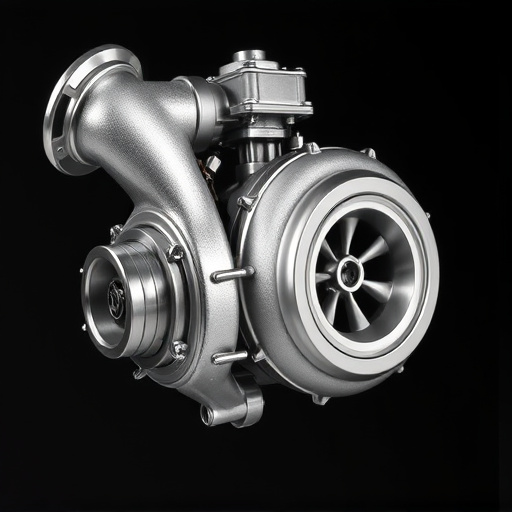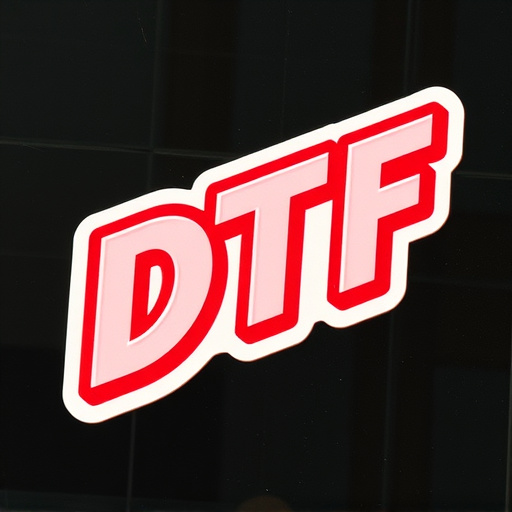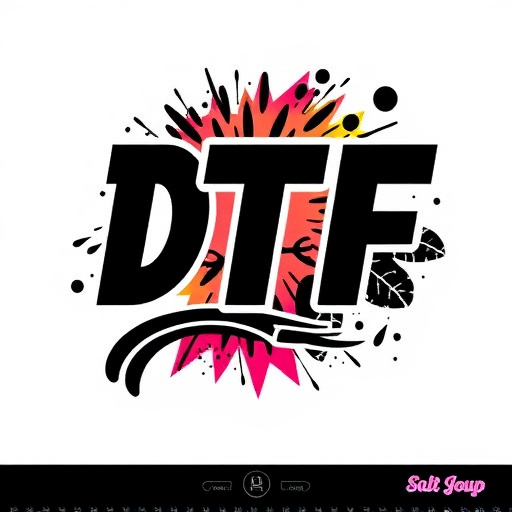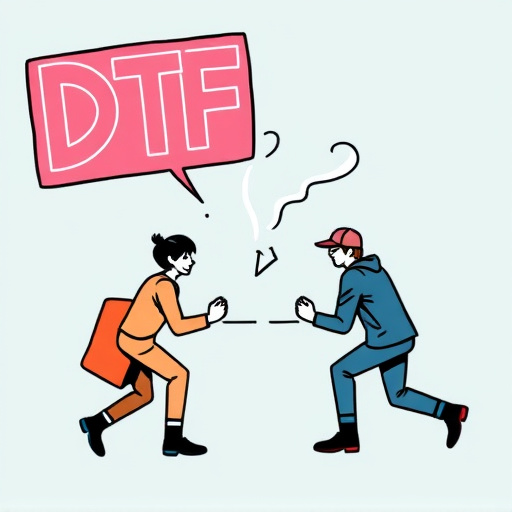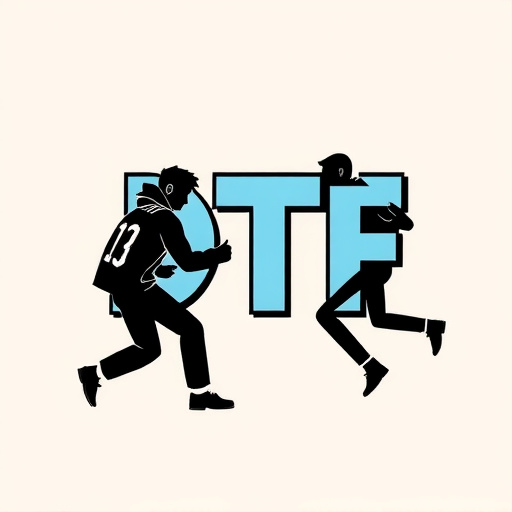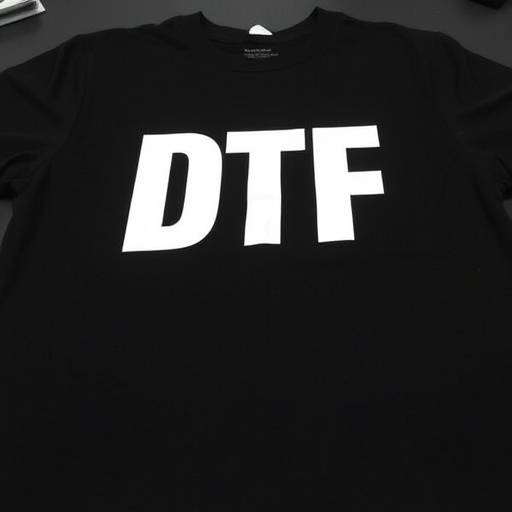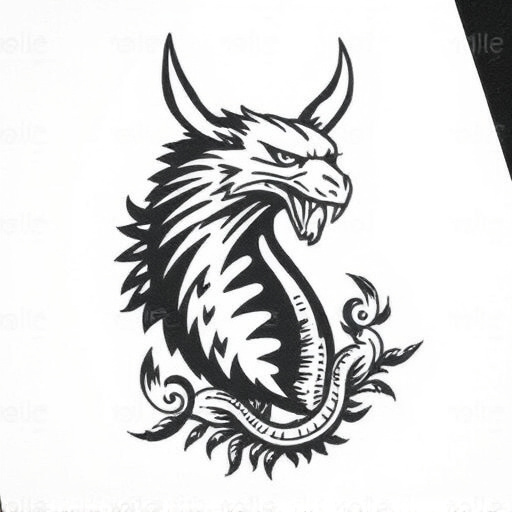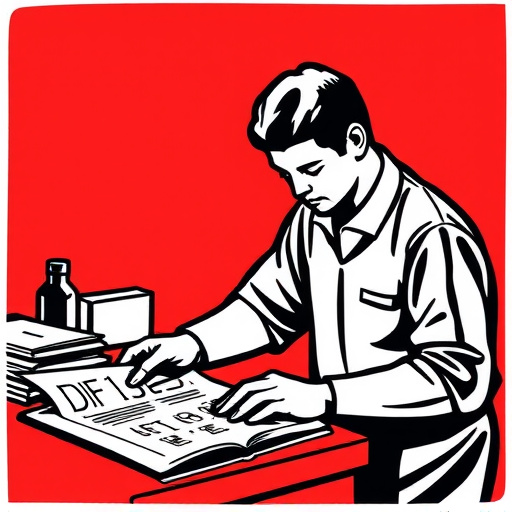Preparing for a Direct to Fabric (DTF) transfer process involves optimizing graphic files in vector formats like SVG or EPS at 300 DPI, adding registration marks and alignment guides. Using the right file format (AI, PDF, PNG) and high-resolution images ensures sharp details. Complex designs with fine lines and gradients require 300 DPI or higher. Choosing light fabrics enhances transparency, preserving original fabric texture. These practices yield consistent, high-quality DTF gang sheets suitable for bulk shirt production or any textile project using a heat press.
“Maximize the accuracy of your DTF Transfer Gang Sheets with our comprehensive guide. Learn the secrets to achieving precise, high-quality prints from design preparation to post-printing touches. We’ll walk you through optimizing file formats, color profiles, and print settings for flawless results. Discover tips on choosing paper types, registration techniques, and advanced ink adjustments. Ensure consistency in batch production with our quality assurance practices, including drying techniques and troubleshooting common issues.”
- Preparing Your Design for DTF Transfer
- – Understanding file formats and resolutions
- – Tips for optimizing your design for accurate printing
Preparing Your Design for DTF Transfer
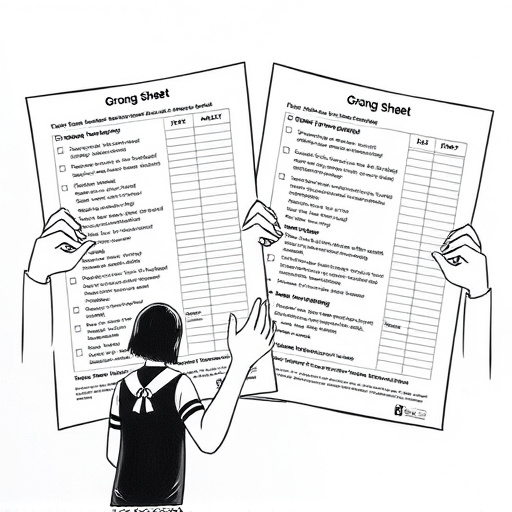
Preparing your design for a DTF (Direct to Fabric) transfer process is a crucial step to ensure accurate and high-quality prints on gang sheets, especially when dealing with intricate or detailed artwork. Start by ensuring your graphic files are in the correct format, typically a vector format like SVG or EPS, as this guarantees sharp lines and smooth curves during printing. Resolution should be set at 300 DPI (dots per inch) for optimal image quality.
When designing, keep in mind that registration marks and alignment guides are essential. These help in accurately positioning each print on the gang sheet, especially when printing multiple designs or sizes on a single sheet. Additionally, consider any special effects or textures you want to incorporate; DTF printing allows for a wide range of finishes, so experiment with blends, gradients, or even custom fonts to make your design pop. Remember, the better prepared your design is, the more consistent and impressive the final printed DTF gang sheets will be, perfect for bulk dtf shirt production or any custom textile project utilizing a heat press.
– Understanding file formats and resolutions
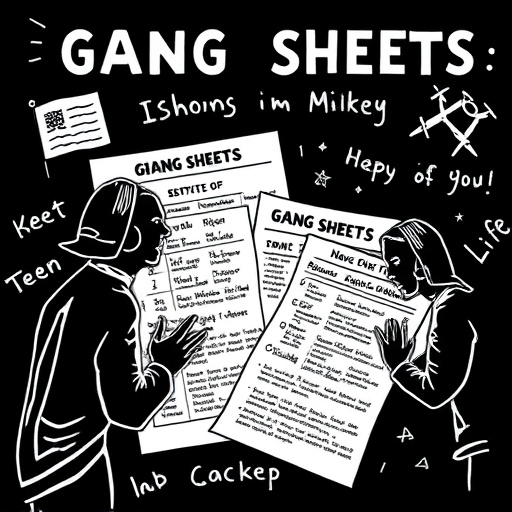
When preparing designs for DTF (Direct to Film) transfer gang sheets, understanding file formats and resolutions is paramount. Different software applications use various formats like AI, PDF, or PNG. Each format has its advantages and limitations regarding image quality and resolution. For instance, high-resolution images in AI or PSD formats offer precise control over design elements, ensuring intricate details are captured accurately during the transfer process. This is especially crucial for complex designs, such as those featuring fine lines or subtle gradients, which are common in logos for clothing brands.
Resolution plays a significant role in determining print quality. Typically, images should have a minimum resolution of 300 DPI (dots per inch) to ensure sharp and crisp prints. Lower resolutions may result in pixelation or blurriness, especially when enlarging the design. For DTF transfers on personalized hoodies or other clothing items, maintaining high resolutions ensures that logos and graphics are accurately reproduced, enhancing the overall aesthetic appeal and customer satisfaction.
– Tips for optimizing your design for accurate printing
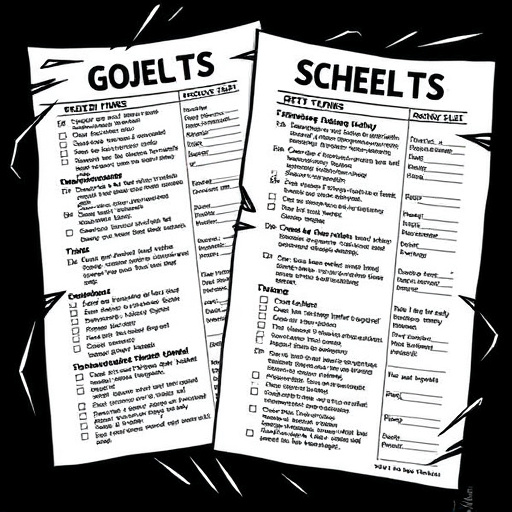
To ensure accurate DTF (Direct to Fabric) transfer on gang sheets, optimizing your design is key. Firstly, consider the resolution and quality of your artwork; higher resolutions yield better results, especially for intricate details. Since DTF printing involves transferring ink directly onto fabric, any imperfections in the design will be amplified. Secondly, use a vector-based graphic format like SVG or EPS to create your artwork, as these formats offer crisp lines and smooth curves, which are crucial for precise cutting and printing.
When designing for DTF transfer gang sheets, keep in mind that color modes matter. Ensure your design is in CMYK color mode, as this matches the printing process precisely. Additionally, avoid using screen or web-safe colors, as they may not translate well to fabric. For best results with custom DTF transfers, target light fabrics; these allow for a more transparent transfer, showcasing the original fabric texture beneath. Remember, optimal design practices will not only enhance the visual appeal but also ensure the longevity and accuracy of your DTF prints.
Printing precise DTF Transfer Gang Sheets requires a keen eye for detail and adherence to specific guidelines. By understanding file formats, resolutions, and implementing design optimization techniques, you can ensure accurate and high-quality prints. Remember, the right preparation is key to achieving excellent results with DTF transfers.
